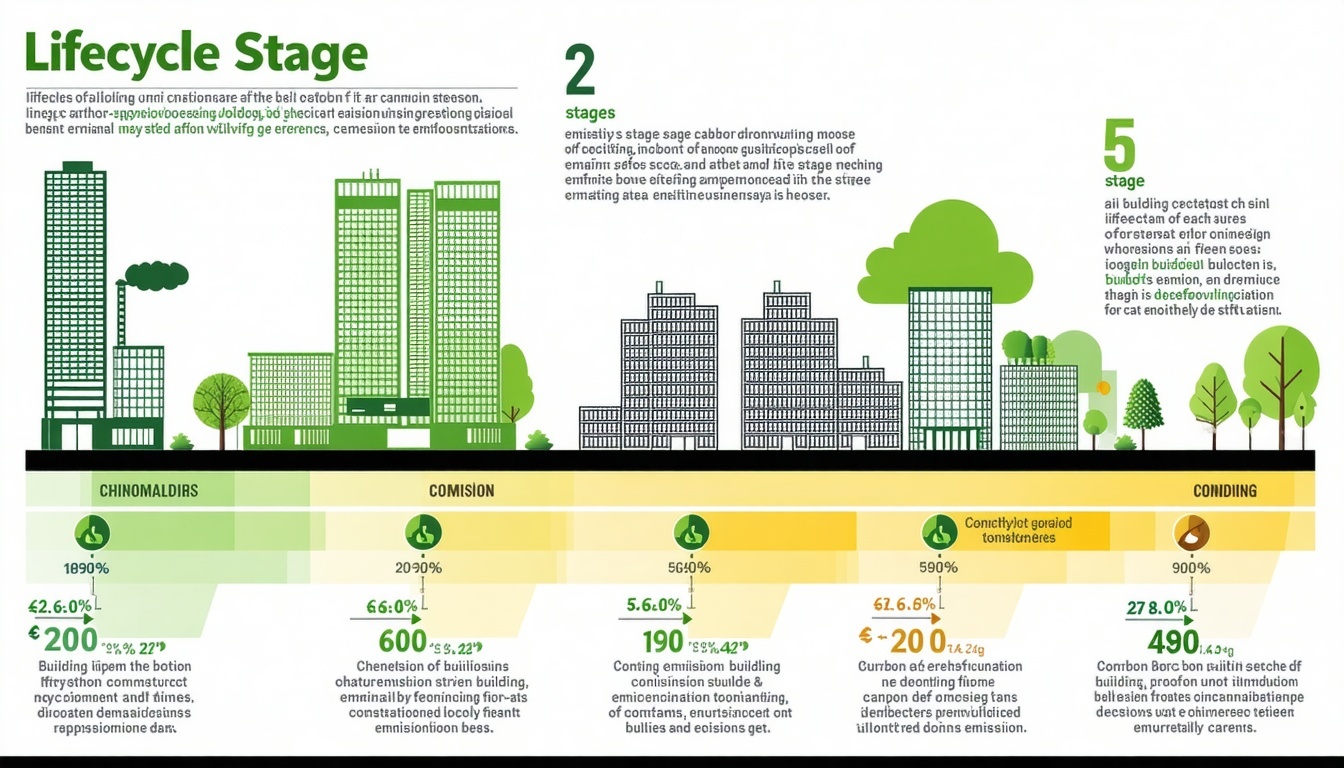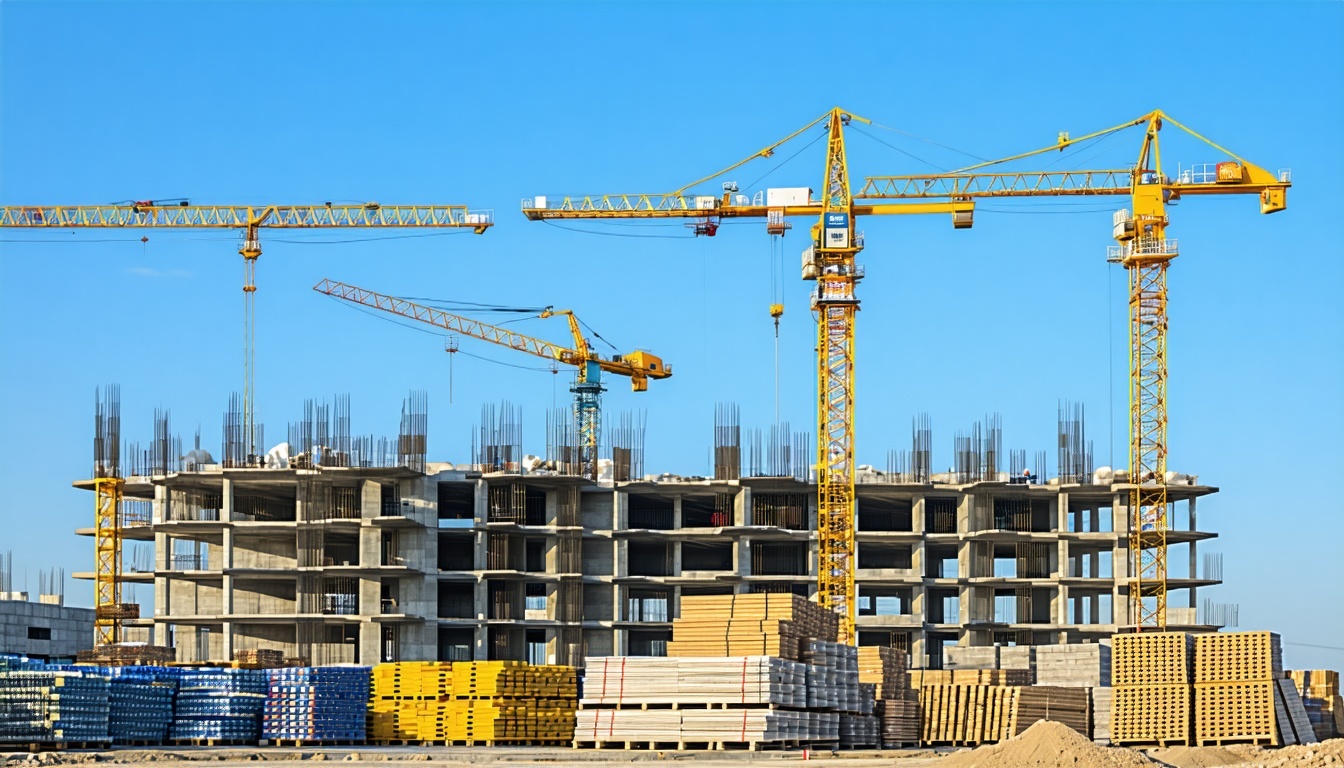Understanding the distinction between embodied and operational carbon is crucial for sustainable construction and climate action.
Defining Embodied and Operational Carbon in Construction
In the realm of building and construction, carbon emissions are categorised into two primary types: embodied carbon and operational carbon. Operational carbon refers to the greenhouse gas emissions produced during the use phase of a building. This includes emissions from heating, cooling, lighting, and powering appliances. Essentially, it encompasses all the energy consumed to maintain the building's functionality and comfort over its lifespan.
On the other hand, embodied carbon includes all the emissions associated with the entire lifecycle of building materials. This starts from the extraction of raw materials, through their manufacture, transportation, and construction, to their maintenance and eventual disposal. Embodied carbon is significant because it is often released upfront during the construction and renovation phases, making it a critical consideration in early design decisions.
The Importance of Distinguishing Between Embodied and Operational Carbon
Understanding the difference between embodied and operational carbon is vital for sustainable building design and effective climate action. While operational carbon has traditionally been the primary focus due to its ongoing nature and direct impact on energy bills, embodied carbon represents a substantial portion of a building's total carbon footprint, especially as buildings become more energy-efficient.
By distinguishing between these two types of carbon emissions, architects, engineers, and developers can better strategise to minimise the overall environmental impact of their projects. This holistic approach ensures that efforts to reduce operational carbon do not inadvertently increase embodied carbon, thereby optimising the sustainability of the building throughout its entire lifecycle.
The Shift in Focus: From Operational to Embodied Carbon
Historically, the primary focus in sustainable building design has been on reducing operational carbon through energy efficiency measures. These include better insulation, high-efficiency heating and cooling systems, and the integration of renewable energy sources. As a result, many modern buildings have significantly reduced their operational carbon footprints.
However, as buildings become more energy-efficient and electrical grids increasingly decarbonise, the relative importance of embodied carbon grows. Embodied carbon can account for a large proportion of a building's total carbon emissions, especially at the outset. Therefore, the industry is now shifting its focus towards addressing embodied carbon, recognising that early design decisions and material choices are crucial in minimising the overall carbon footprint.
Strategies for Reducing Embodied Carbon in Construction
Reducing embodied carbon requires a strategic approach from the very beginning of the construction process. One effective strategy is the selection of low-carbon materials. This includes using recycled or reclaimed materials, opting for locally-sourced products to minimise transportation emissions, and choosing materials with lower manufacturing emissions.
Conducting life cycle assessments (LCAs) is another critical strategy. LCAs help quantify the environmental impact of materials over their entire lifecycle, enabling more informed decisions. Additionally, designing for durability and adaptability can extend the lifespan of buildings, thereby spreading the embodied carbon over a longer period and reducing the need for frequent renovations and replacements.
Achieving Truly Low-Carbon Buildings: Addressing Both Embodied and Operational Carbon
To achieve truly low-carbon buildings, it is essential to address both embodied and operational carbon simultaneously. This comprehensive approach ensures that the building is not only energy-efficient during its operational phase but also has a minimised carbon footprint from its construction onwards.
Practical strategies for reducing operational carbon include integrating energy-efficient systems, utilising renewable energy sources, and implementing smart building technologies to optimise energy use. Meanwhile, reducing embodied carbon involves careful material selection, conducting LCAs, and designing for longevity and adaptability. By balancing these efforts, the construction industry can make significant strides towards sustainable building practices and meaningful climate action.







